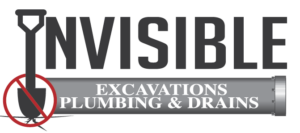Homeownership pop quiz: Is your basement sealed tight from the threat of water and moisture seeping in and wreaking havoc on your furniture, flooring and entire foundation? Most homeowners would say ‘yes,’ until they notice a tiny puddle on the floor, a small leak in the wall, or – worse – toxic mold and mildew already staking claim anywhere it can.
Bottom line: It’s easy to brush off the possibility of a wet, ruined basement until the signs, symptoms and damage are already wide-spread. For new and seasoned homeowners alike, it’s never too late to become well-versed in basement waterproofing methods and tackle a current moisture or water issue head-on.
Not sure where to start? We’ve got just the resource for you:
Interior vs Exterior Basement Waterproofing Methods & So Much More
In our latest guide, we break it all down for any homeowner who needs to get a handle on a basement moisture problem or wants to take proactive steps to ensure their basement is secure and won’t allow water in.
Our guide:
Highlights how water and moisture enters your basement in the first place – hint: there are six main ways moisture and water can get into your basement. Reveals signs you may need basement waterproofing – hint: some are obvious, some are not.
Discusses the top three basement waterproofing methods – hint: waterproofing exterior basement walls is not your only option. Helps you examine which waterproofing option is best for your basement – hint: it depends, since there is no one-size-fits-all waterproofing solution.
Finally, our guide places the spotlight on Northeast Ohio residents. As experts in interior and exterior basement waterproofing solutions – specifically waterproofing exterior basement walls – Invisible Excavations works to take the stress and worry off your hands and ensures your basement is safe and comfortable again.

